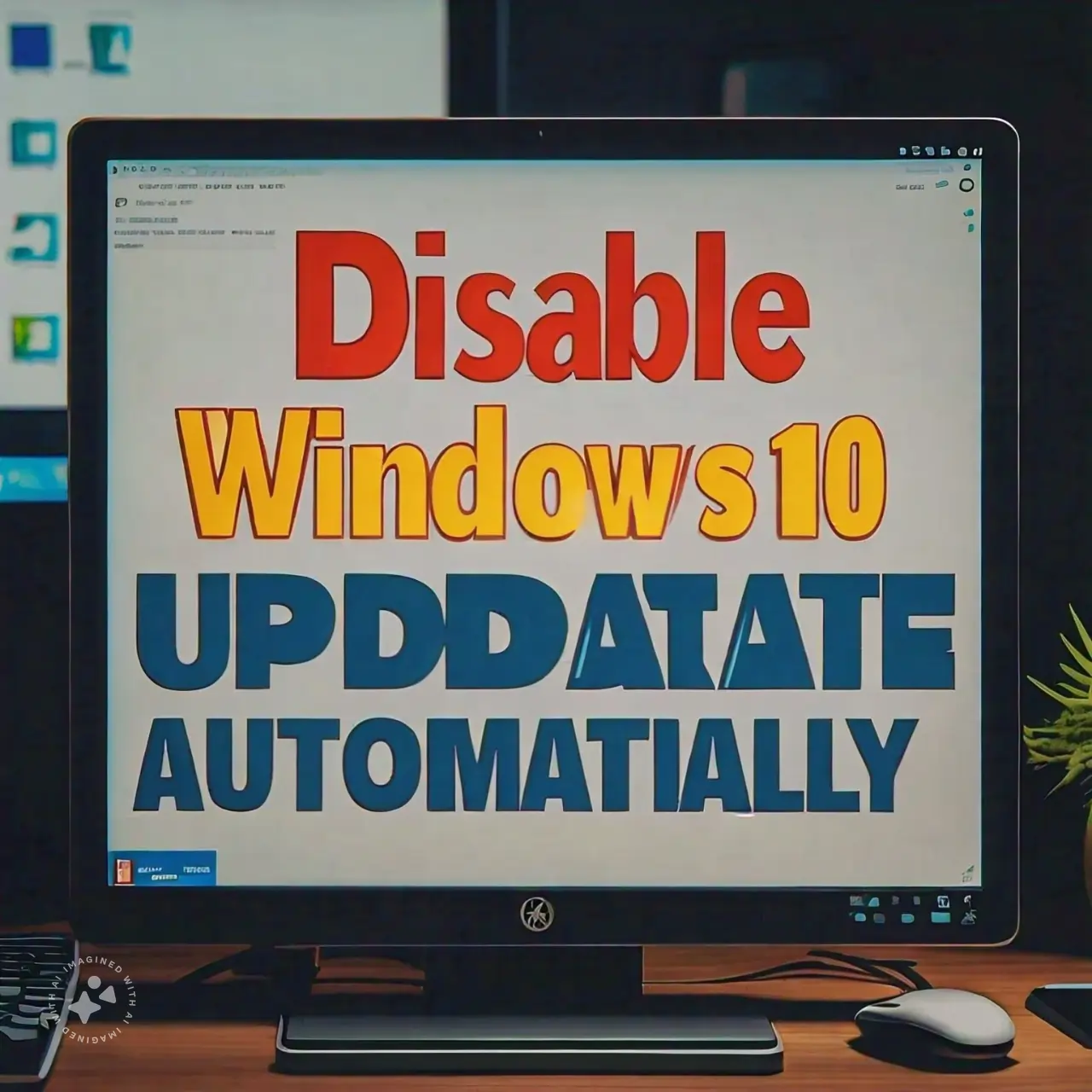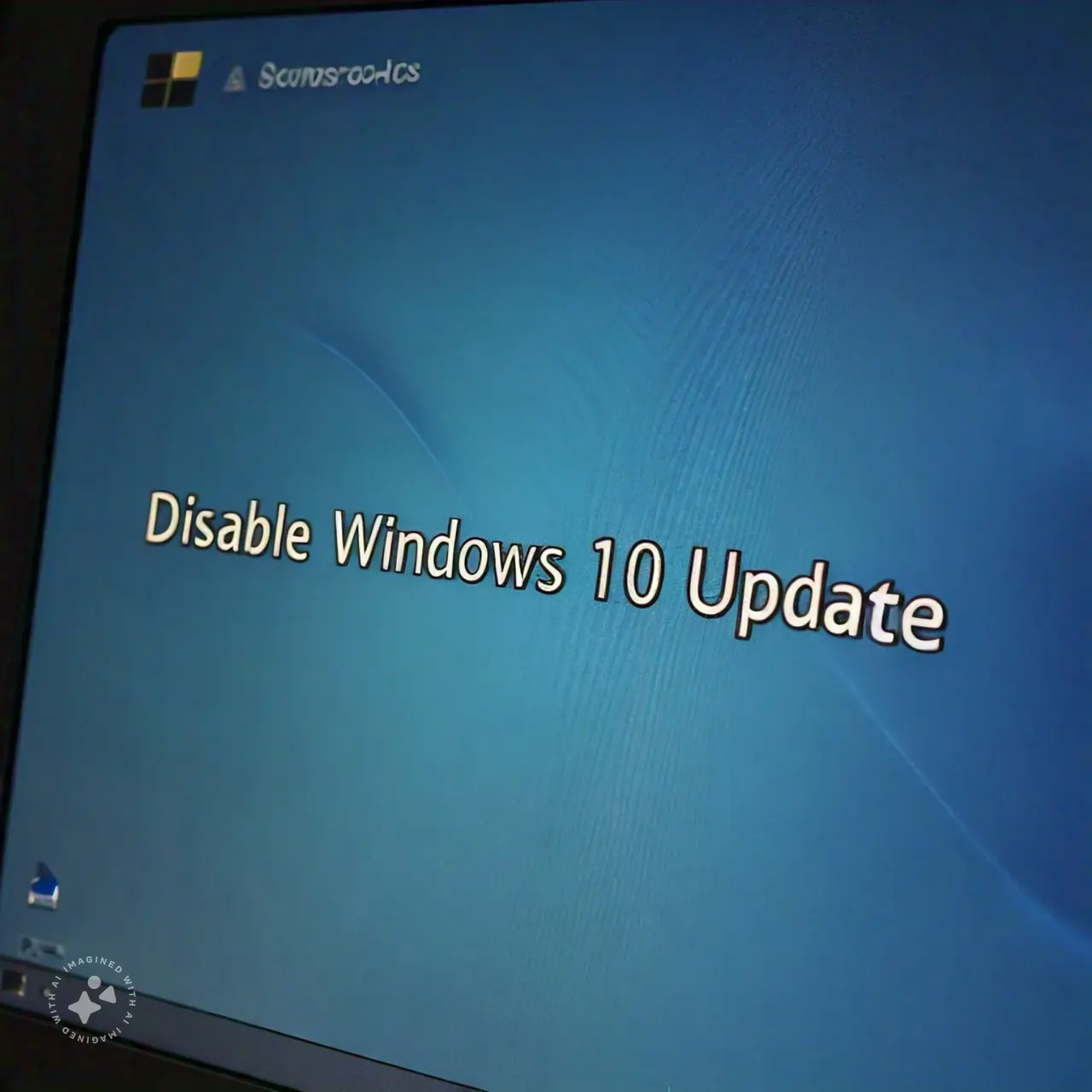Introduction
Disable Windows 10 Update Automatically. Windows 10 is known for its regular updates, which are designed to improve security and performance and introduce new features. However, these automatic updates can be intrusive, often occurring at inconvenient times and sometimes even causing system issues.
This guide will explore various methods to Disable Windows 10 Update automatically, giving you control over when and how your system updates.
Why Disable Automatic Updates?
Interruptions and Downtime
One of the most common complaints about Disabling Windows 10 Update is the interruptions it causes. These updates can force your system to restart, which can be particularly frustrating if you’re in the middle of meaningful work.
Potential for System Issues
While updates are intended to improve your system, they can sometimes introduce new problems. Compatibility issues with software, drivers, or hardware can arise after an update, leading to system instability or crashes.
Methods to Disable Windows 10 Update Automatically
- Pause Updates Temporarily

How to Pause Updates
Windows 10 allows you to pause updates for up to 35 days. This is a temporary solution but can be helpful if you need to avoid updates for a short period.
- Go to Settings > Update & Security > Windows Update.
- Click on Advanced options.
- Under Pause updates, select a date to pause updates until.
- Set Your Connection as Metered
What is a Metered Connection?
When you set your internet connection as metered, Disable Windows 10 Update assumes you have limited data, so it won’t automatically download most updates. This method is beneficial for mobile hotspots or limited data plans.
How to Set a Metered Connection
- Go to Settings > Network & Internet.
- Select Wi-Fi or Ethernet (depending on your connection type).
- Click on your network name.
- Toggle the Set as metered connection option to On.
- Disable Windows Update Service
What is the Windows Update Service?
The Windows 10 Update service checks for, downloads, and installs updates. Turning off this service will prevent updates from being downloaded and installed automatically.
How to Disable the Windows Update Service
- Press Win + R to open the Run dialogue box.
- Type services. msc and press Enter.
- Scroll down to Windows Update in the list of services.
- Right-click on Windows Update and select Properties.
- In the Startup type dropdown menu, select Disabled.
- Click Apply and then OK.
- Use Group Policy Editor
What is a Group Policy Editor?
The Group Policy Editor allows you to configure advanced settings for your Disable Windows 10 Update system, including update policies. This method is available only on Windows 10 Pro, Enterprise, and Education editions.
How to Disable Updates Using Group Policy Editor
- Press Win + R to open the Run dialogue box.
- Type gpedit. msc and press Enter.
- Navigate to Computer Configuration > Administrative Templates > Windows Components > Windows Update.
- Double-click on Configure Automatic Updates.
- Select Disabled to turn off automatic updates.
- Click Apply and then OK.
- Block Updates Using Registry Editor
What is Registry Editor?
The Registry Editor allows you to change the Windows 10 Update registry, which can control various aspects of your system, including updates. This method is recommended for advanced users.
How to Block Updates Using Registry Editor
- Press Win + R to open the Run dialogue box.
- Type regedit and press Enter.
- Navigate to HKEY_LOCAL_MACHINE\SOFTWARE\Policies\Microsoft\Windows.
- Right-click on the Windows folder and select New > Key.
- Name the new key WindowsUpdate.
- Right-click on the WindowsUpdate key and choose New > Key.
- Name the new key AU.
- Right-click the AU key and choose New > DWORD (32-bit) Value.
- Name the new value NoAutoUpdate.
- Double-click on NoAutoUpdate and set the value to 1.
- Click OK and close the Registry Editor.
- Use Third-Party Tools
Recommended Tools for Blocking Updates
Several third-party tools can help you manage or Disable Windows 10 Update more effectively. These tools offer user-friendly interfaces and additional features for controlling updates.
- Wu10Man is a free utility that lets you quickly turn off Windows 10 Updates, services, and tasks.
- StopUpdates10 is another free tool that Disables Windows 10 Update and offers one-click access to turn updates on and off.
Pros and Cons of Disabling Windows 10 Updates
Pros
- Control Over Updates: You decide when to update, avoiding disruptions during critical tasks.
- Prevent Potential Issues: Delaying updates can prevent bugs or compatibility issues that may arise immediately after an update is released.
Cons
- Security Risks: Disabling updates may leave your system vulnerable to security threats, as patches are not applied automatically.
- Missing Out on New Features: Updates often include new features and improvements that enhance the user experience.
Conclusion
While automatic Disable Windows 10 Update is designed to keep your system secure and up-to-date, it can sometimes cause more harm than good by interrupting your workflow or introducing new issues. By following the methods outlined in this guide, you can take control of your system updates, ensuring they occur at a time that suits you. However, always remember the importance of keeping your system secure, and consider re-enabling updates periodically to apply essential security patches.
FAQs
Can I permanently stop Windows 10 from updating?
While you can turn off updates by turning off the Windows Update service or configuring Group Policy, Microsoft may still find ways to push critical updates. To ensure your system remains secure, regularly check for updates manually.
Will disabling updates affect my system?
Yes, disabling updates can leave your system vulnerable to security threats. It’s recommended to manually check for and install updates regularly, especially security-related ones.
Is it safe to modify the Windows registry to block updates?
Modifying the Windows registry can be risky if done incorrectly. Always back up your registry before making any changes, and only proceed if you are confident in your ability to follow the steps carefully.
Can I selectively install updates instead of disabling them completely?
Using the Group Policy Editor or the Pause Updates feature, you can control which updates are installed and when. This allows you to avoid specific updates while keeping your system relatively up-to-date.
What should I do if I encounter issues after a Windows update?
If you encounter problems after an update, you can use the System Restore feature to back your system to its previous state. Additionally, consider delaying future updates until they are deemed stable.




